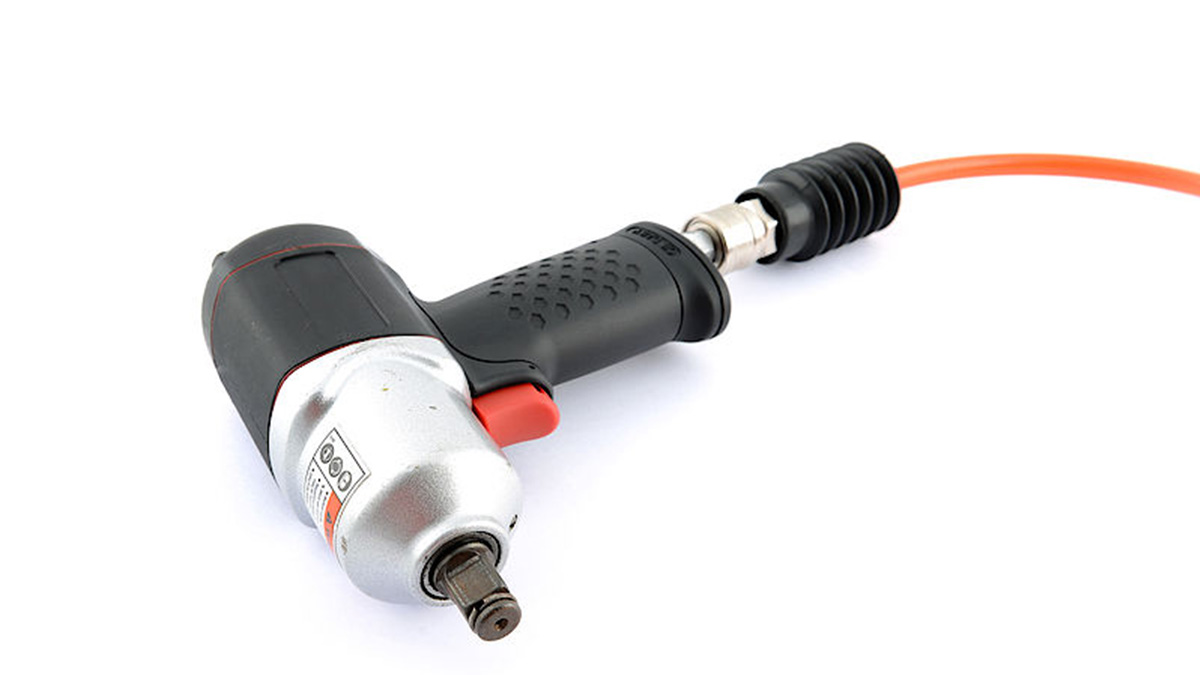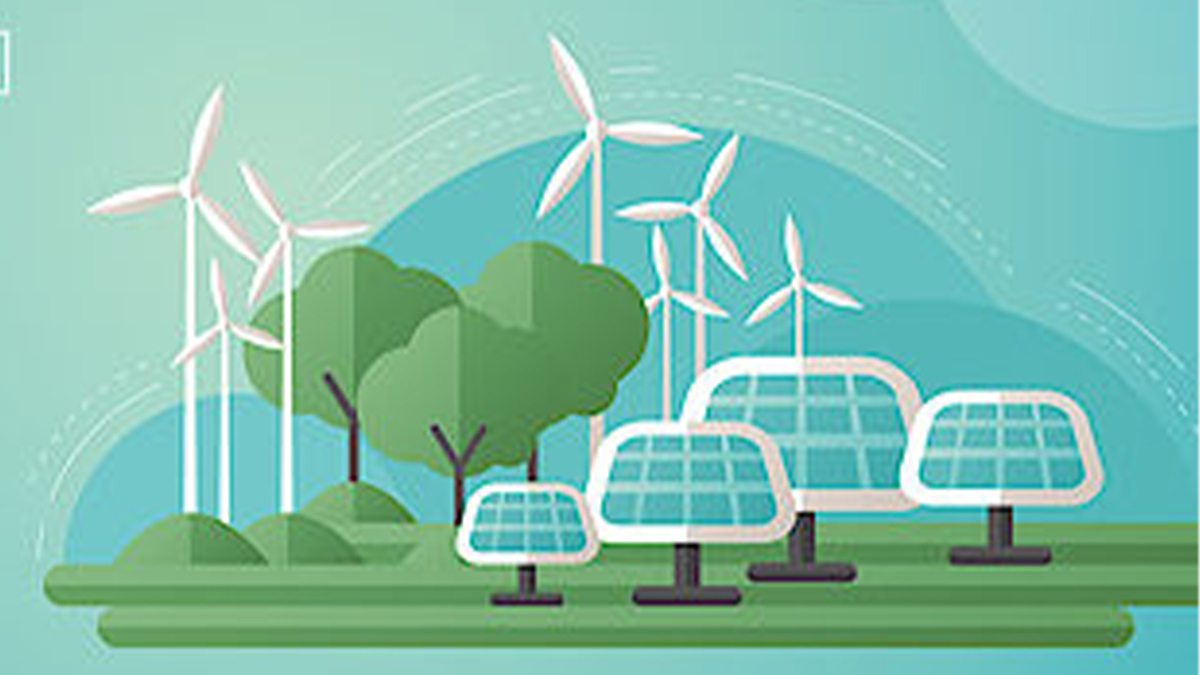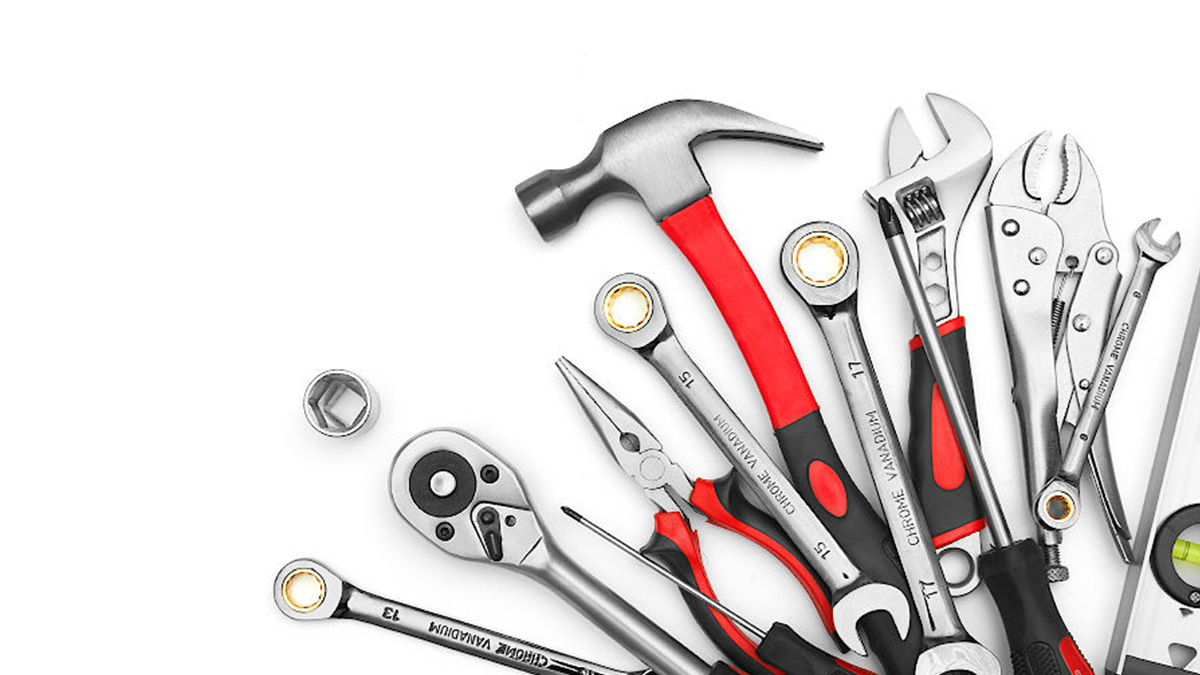Market News
Hand tools are mainly used in construction projects, home repairs, and automobile maintenance. Among them, power hand tools, have continued to increase in efficiency and convenience, and the market size has continued to expand in recent years. The overall demand for hand tools in the United States and the real estate market is showing positive growth.
2021-12-15 11:18:47
With the development of weapons, machinery, and chemical industries, pneumatic tools have been widely used and developed.
2021-12-14 13:35:17
The growth of the overall global biotech pharmaceutical market is slowing down. Europe and the United States have entered a mature period, and global development in the overall biotech pharmaceutical industry market has slowed down in recent years.
2021-12-13 14:30:01
Not just Taiwan, but the whole world is currently at a critical moment in energy transition. With the increasing demand for green electricity, more and more governments or organizations are paying attention to the development of green and low-carbon energy. Among the developing technologies, wind power is the mainstay. The development of wind power not only promotes a solution for green energy electricity consumption, but also plays a key role in economic growth. The acceleration and momentum of wind powered electric generation has brought new opportunities in industrial upgrading and transformation that will drive the economy.
2021-12-10 16:17:03
The sheet metal parts, plastic parts, and lights of the car body account for the majority of car damage in car accidents. Hundreds of thousands of accidents involving damage to these parts occur every year. The repair and replacement of these parts are an important source of income for car repair shops and parts manufacturers.
2021-12-10 11:32:53
A hidden important market in the automotive supply chain is the automotive after market (AM) which is used to satisfy after-sales repairs, inspections, maintenance, replacement, or modification services, and is an important part of the automotive supply chain.
2021-12-09 11:40:58
Even though global automotive supply chain manufacturers have mostly invested in the development and production of electric vehicles, the old car repair market still remains. As automotive component customer demand has changed, global original car manufacturers (OEMs) are turning to the Taiwan After Market (AM) supply chain to place orders for OEM parts with companies that are originally AM manufacturers.
2021-12-08 17:02:32
According to market statistics and estimates, the telemedicine market will be worth 45 billion U.S. dollars in 2019. Affected by the COVID-19 epidemic, the telemedicine market is estimated to have a compound annual growth rate of 19.3% from 2020 to 2026. The scale will grow to 175.5 billion US dollars.
2021-12-07 13:03:21
Since Germany called out "Industry 4.0", the related issues have quickly fermented around the world. U.S. government immediately put forward the "Advanced Manufacturing Partnership Program (AMP)" focusing on emerging technologies that can be quickly commercialized. Government R&D facilities are shared to promote industry one-stop collaborative R&D capabilities, reducing the risks of commercialization.
2021-08-26 21:04:21
Today’s feature-rich hand tools enable manual operations to be more efficient, comfortable, and safe, thereby increasing productivity, improving work quality, and reducing fatigue and wear.
2021-08-20 15:39:24
Hot Topic
Agree










